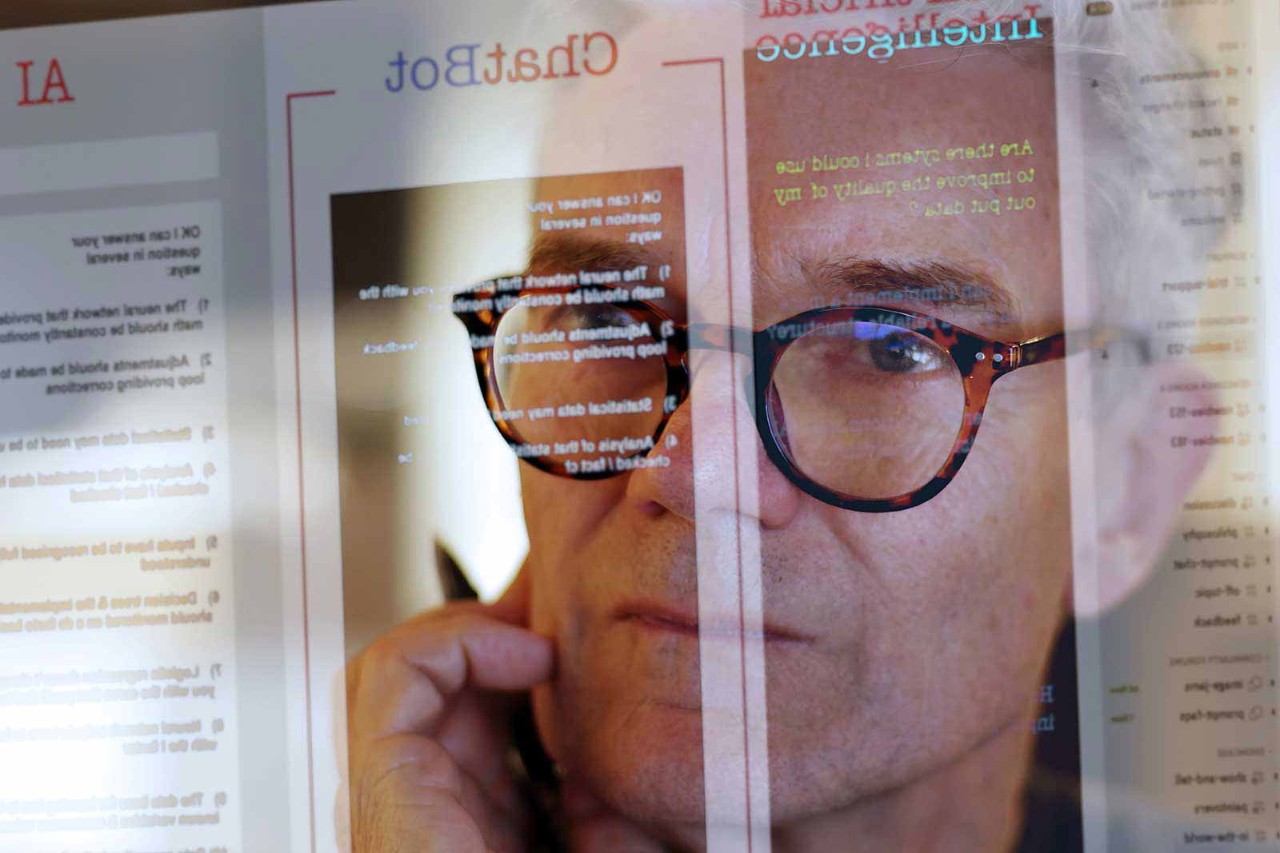
Just before Arthur Dent’s house is unexpectedly demolished in The Hitch-Hiker’s Guide to the Galaxy, he is informed that the plans had been available for inspection for the last nine months – in a locked filing cabinet, in a basement with no lights and no staircase.
I feel the same way about company disclosures on greenhouse gas (GHG) emissions. The data is often available, but it can take literally weeks to track it down. I have recently been analysing the net zero plans of several chemical companies for an environmental charity. It has been an interesting exercise, but for all the wrong reasons. I have found three main frustrations.
The really interesting details are sometimes buried in long paragraphs in the depths of the report
Finding the data
The first problem is just getting the data. Information is scattered all over the place with little consistency of format or content. I have found the most useful GHG data to be provided by CDP, a global charity that sends participating companies a very detailed online questionnaire. Most of the questions are generic, although there are additional tailored questions for some industries, such as chemicals.
Some GHG data may be summarised in the company’s own sustainability report, but I like to see the detail. To my amazement, CDP reports can’t be downloaded in a convenient format, but only viewed online. This makes browsing tedious and keyword searches impossible. You can artificially create a searchable download file, but you shouldn’t have to do this.
It gets worse. Each submission covers one year only, making it impossible to see any trends. You must create your own model and load all the data to get any idea of what is going on. Companies can also decide to keep the data private. One large company I looked at claimed to offer complete transparency on sustainability, despite keeping its CDP report secret.
Many companies simply exclude Scope 3 on the basis that it’s someone else’s problem
The second problem is interpreting the data. Each CDP submission runs to hundreds of questions. The really interesting details are sometimes buried in long paragraphs in the depths of the report. The rigid format should make reports comparable across companies, but in reality, the quality of disclosure varies significantly.
It’s not quite a locked filing cabinet in a basement, but you get the impression that the designer was inspired by Arthur Dent’s experience. It takes a long time to go through one CDP submission and you need to read at least five years’ worth to understand the trends. And that’s just for one company.
Out of scope
The final problem is more subtle and gets to the heart of much that is wrong with net zero aspirations. For most companies, the majority of GHG emissions are Scope 3 – produced by suppliers or customers. As a result, many companies simply exclude Scope 3 from their net zero targets on the basis that it’s someone else’s problem.
However, not all Scope 3 emissions are created equal. I would argue that supplier emissions are easier to influence than customer emissions. A company can’t dictate what its customers do, but it can switch to greener suppliers.
It’s like a pulp and paper company saying ‘Trees? What trees?’
By way of illustration, consider the chemical industry. Scope 3 emissions will usually be more than 80% of total emissions and about 30-40% will come from ‘feedstock’, or the oil and natural gas that is turned into chemicals. You can simultaneously boast about having a Scope 1 and 2 net zero target, while ignoring the inconvenient truth that most of your emissions are due to the raw materials you buy. It’s like a pulp and paper company saying ‘Trees? What trees?’.
The aim of GHG reporting should be to enable users to assess whether each company takes the challenge seriously. The current system serves more to obscure than to educate.





